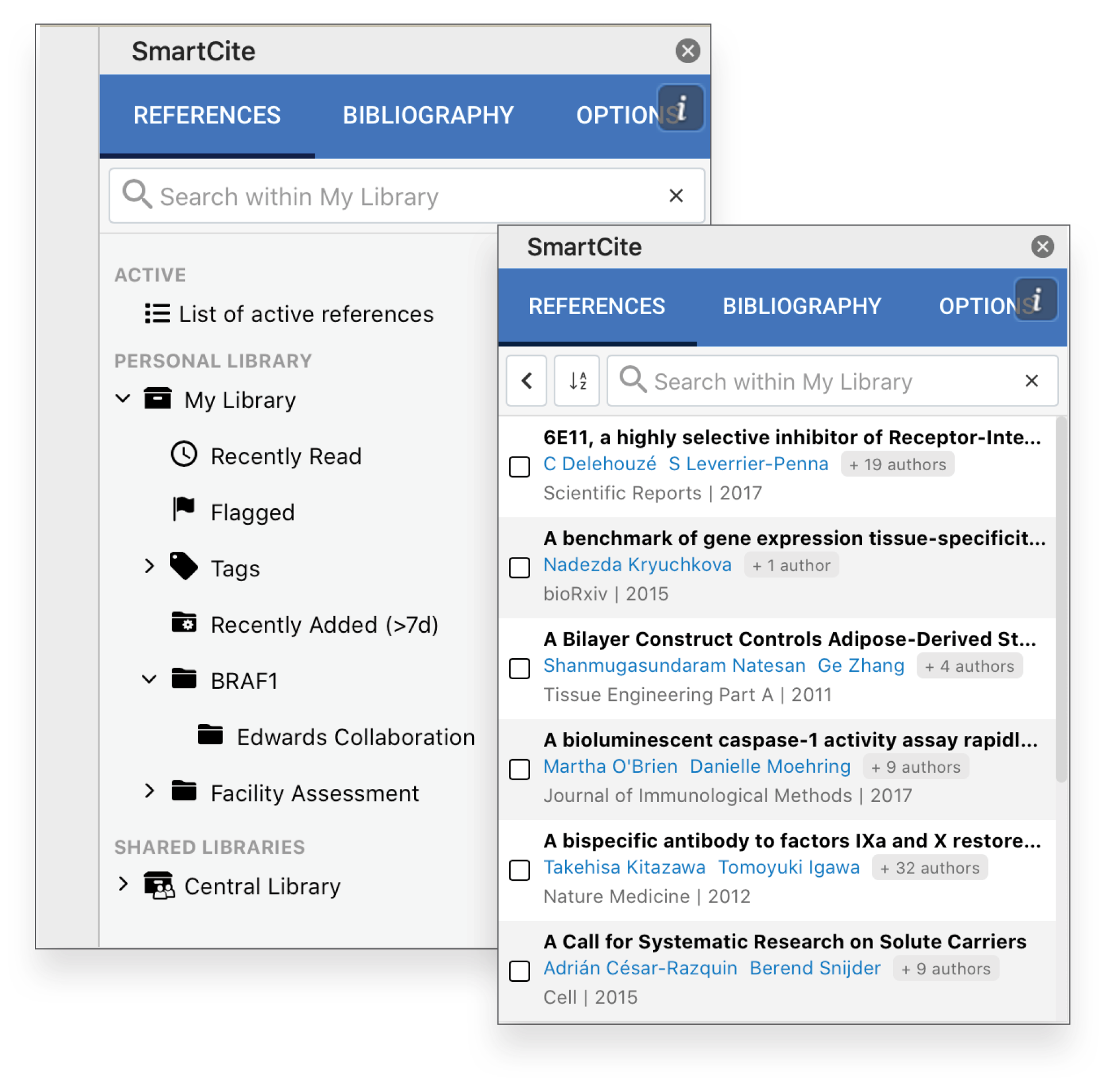

- #Mac good reference app for scrivener and word how to#
- #Mac good reference app for scrivener and word mac#
Open the source, and move or resize its window so your Scrivener project Binder is visible behind it.ģ.
#Mac good reference app for scrivener and word mac#
Viewing an imported web page – Mac Viewing an imported web page – WindowsĪnother way to import a file is to simply drag it from your file system (Finder on a Mac, Windows Explorer or File Explorer on a PC)-or from another open Scrivener project (cool, right?)-into the Binder. Remember, this page will not be updated even if the website is, but the hyperlinks in the page should still work. Select the file in the Binder to view the web page in the Editor pane. The imported page appears in the Binder with a web icon.Ħ. In the Title box, type a name for the site. Pages with a lot going on-like flashing images and videos-may not import correctly.Ĥ. NOTE: Importing might take a minute or two. Adding a web page – Mac Adding a web page – Windows In the Address box, type or paste the address (URL) for the web page. In the Binder, select the folder where you want to store the imported web page.Īlternatively, you may right-click the folder (Control+click on a Mac) and choose Add->Web Page.ģ. If you have trouble importing a web page with the following procedure, see the notes about Evernote and References at the bottom.ġ. Importing web pages has become tricky now that many of them use Flash and Javascript and other tools to make them fancy. The file contents appear in the Editor (page of text in the center). To edit or view the file, select it in the Binder. The imported file now shows up under the selected folder. You may get a warning about converting the file to RTF format. same hierarchy level as the Draft, Research, and Trash folders.)Īlternatively, you may right-click the folder (Control+click on a Mac) and choose Add->Existing Files.Ĥ. (Or you may click in the blank area at the bottom of the Binder to import the file to the root level, i.e.

In the Binder, select the folder where you want to store the imported file. Want to import a document, image, PDF, spreadsheet, or presentation? This procedure works for anything except a web page.ġ.

#Mac good reference app for scrivener and word how to#
Okay, ready? Here’s how to import anything into your project. ) That’s where Scrivener sends files when you delete them (to give you a chance to change your mind). TIP: Don’t store things in the Trash folder.

the Research folder, or a folder you create). Image files, PDFs, web pages, and other non-text type files must be stored somewhere outside of the Draft folder (e.g. The Draft folder (also called Manuscript, Screenplay, or something else depending on which template you chose when you created the project) can only hold text documents. I like to think of it as a virtual filing cabinet where I can store and organize everything associated with a project. The Binder is the left-hand sidebar that shows you every folder and file housed within your project, and allows you to add, view, move, rename, delete, or copy them. When you import a file, it appears in the Binder. You can even bring in work from another word processor, so you don’t have to finish your manuscript to start writing in Scrivener. Scrivener lets you keep not only your writing, but also your notes, images, research, web pages, and other supporting materials right inside your project. Imagine having everything you need for your current manuscript stored in one place, easily accessible, organized, searchable, and-if you work on a laptop-fully mobile.


 0 kommentar(er)
0 kommentar(er)
